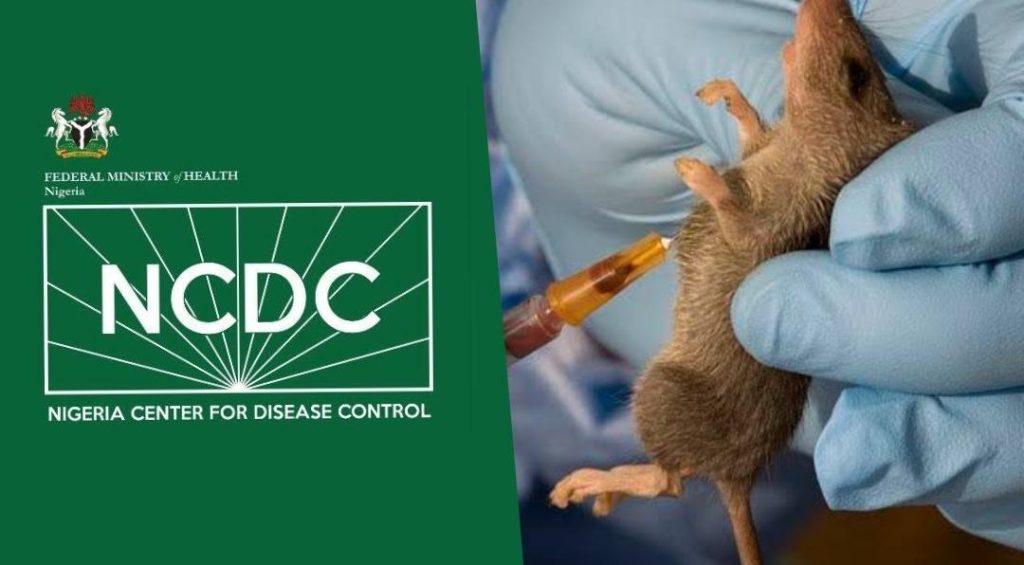Lassa Fever Claims 168 Lives in Nigeria as Cases Rise
The Nigeria Centre for Disease Control and Prevention (NCDC) has reported a rise in Lassa fever fatalities, with the death toll increasing to 168 from 166. According to the NCDC’s epidemiological report released on Friday, the Case Fatality Rate (CFR) now stands at 18.5 percent, up from 16.9 percent recorded during the same period in 2024.
As of September 21, Nigeria has reported 7,792 suspected cases and 906 confirmed cases across 21 states and 106 Local Government Areas. The World Health Organisation (WHO) notes that Lassa fever is an acute viral illness caused by the Lassa virus, which is endemic in several West African countries, including Nigeria, Benin, Ghana, Guinea, Liberia, Mali, and Sierra Leone.
The primary mode of transmission is through contact with food or household items contaminated with rodent urine or faeces. Person-to-person transmission can also occur, particularly in healthcare settings lacking adequate infection prevention and control measures. In Week 38, the number of new confirmed cases remained steady, with 11 reported cases from Ondo, Edo, and Taraba States.
Cumulatively, 168 deaths have been reported, with a CFR of 18.5 percent, which is higher than the CFR for the same period in 2024. A significant majority, 90 percent, of confirmed cases were reported from five states: Ondo, Bauchi, Edo, Taraba, and Ebonyi. The predominant age group affected is 21-30 years, with a male-to-female ratio for confirmed cases of 1:0.8.
The NCDC’s multi-partner, multi-sectoral Technical Working Group continues to coordinate response activities at all levels. The number of suspected and confirmed cases has decreased compared to the same period in 2024, and no new healthcare workers were affected during the reporting week. The NCDC’s efforts to combat the outbreak are ongoing, with a focus on coordinating response activities and reducing the spread of the disease.
